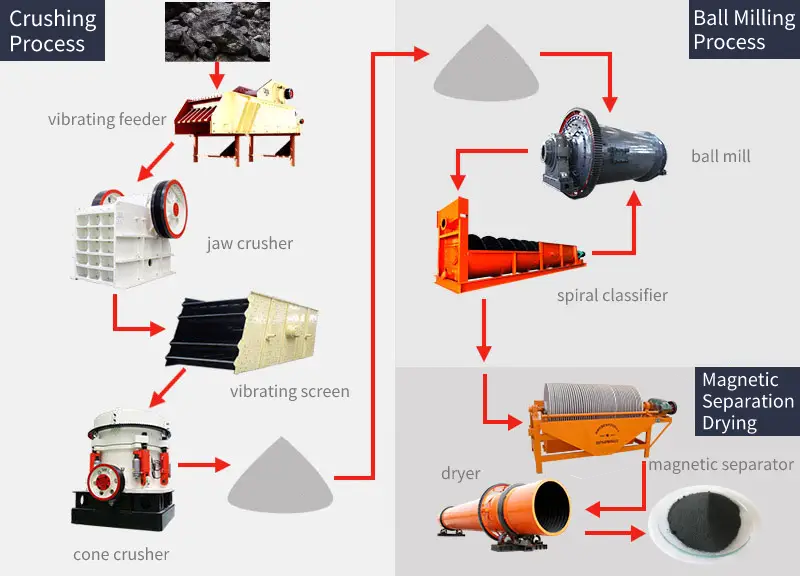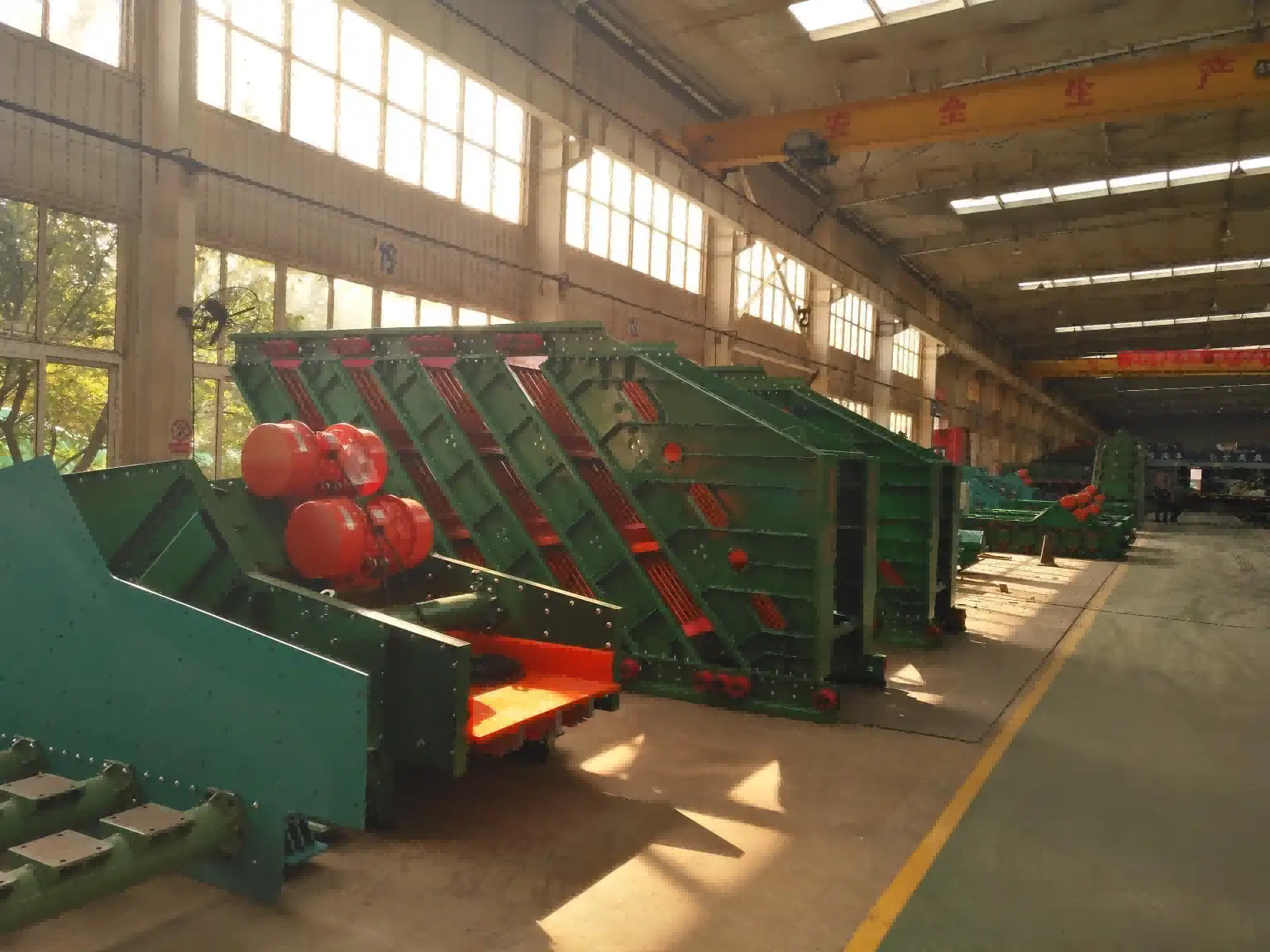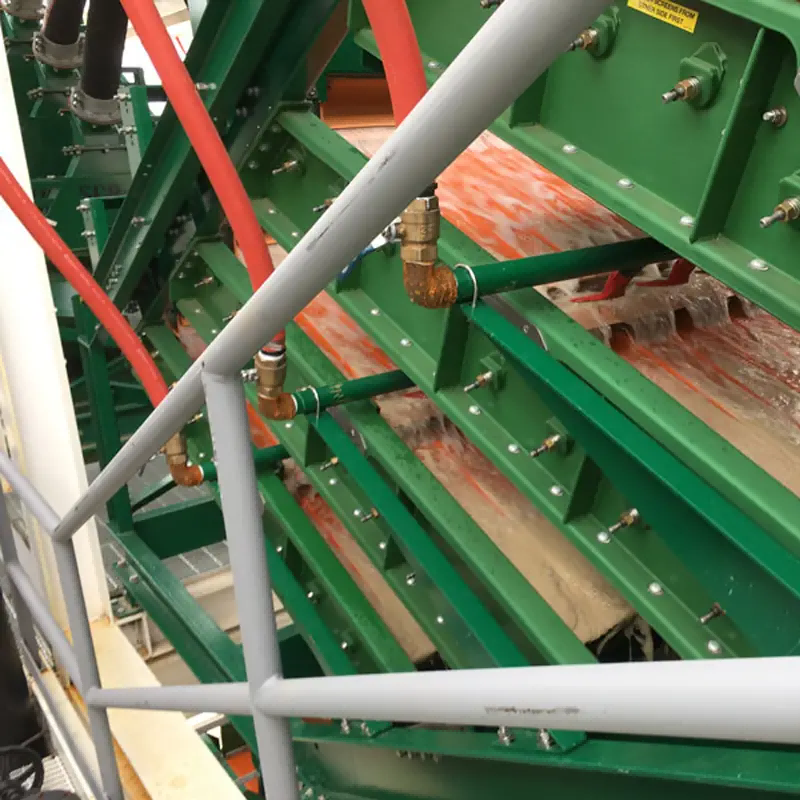In the mining industry, efficient screening is crucial for various processes such as ore dressing, classification, and dewatering. Polyurethane screens have emerged as a revolutionary solution, replacing traditional metal screen panels in many applications. This article explores the features, advantages, types, and applications of polyurethane screens in the mining sector, along with their impact on mining operations and future prospects.

Polyurethane screens exhibit outstanding abrasion resistance. Their wear - resistance is far superior to that of metal screen meshes. In fact, they can last more than ten times longer than metal screen meshes, three to five times longer than common rubber plates, and two to three times longer than stainless - steel screens. This is due to the inherent properties of polyurethane, which can withstand the constant impact and friction of ore particles during the screening process.
These screens are highly resistant to moisture, making them suitable for use in wet screening applications, which are common in the mining industry. Moisture can cause corrosion and reduce the lifespan of metal screens, but polyurethane screens remain unaffected, ensuring consistent performance over time.
Polyurethane screens offer excellent shock - absorption capabilities. When compared to metal screen meshes, they can reduce noise by over 10 dB. This not only creates a more pleasant working environment but also helps in reducing the overall wear and tear on the screening equipment by dampening the vibrations caused by the movement of the ore.
The polyurethane secondary vibration characteristics result in excellent automatic - cleaning properties. The screens have a self - cleaning mechanism that prevents blocking, ensuring high screening efficiency. This is especially important when screening wet and fine - grained ores, as the large cone angle of the sieve holes (around 140 degrees) and the strong water - permeability of polyurethane prevent the adhesion of particles.

The inlay - type polyurethane screen structure involves embedding the polyurethane screen mesh into a frame. This design provides a secure fit and helps in maximizing the screening area. It is often used in applications where a high - precision screening is required, such as in the separation of fine - grained ores.
Bolt - connected polyurethane screens use bolts to attach the screen panels to the screening machine. This type of connection allows for easy installation and replacement of the screen panels. It is a popular choice in mining operations where quick maintenance and panel changes are necessary to minimize downtime.
Batten - coupling structures use battens to hold the polyurethane screen panels in place. The battens are attached to the screen frame, and the panels are fastened to the battens. This type of connection provides a strong and stable hold, suitable for heavy - duty screening applications where the screens are subjected to high stress.
Screen hook - connection structures rely on hooks to attach the polyurethane screen panels to the screening machine. This design allows for a relatively quick and easy installation. The hooks are designed to fit into corresponding slots on the screen frame, providing a secure connection while still enabling efficient panel replacement when needed.

In iron ore mining, polyurethane screens are used in various stages of the processing. They are employed for screening iron ore sinter products to remove fine impurities, scalping relatively coarse grades (above 50 - 75 μm), and controlling the size of pellet concentrates. For example, in some iron ore processing plants, fine polyurethane screens have replaced hydrocyclones in grinding circuits. This has led to improved classification efficiency, increased mill throughput, and a better grind/grade relationship. The circulating load can be reduced, and the mill processing capacity can increase by about 30%.
Polyurethane screens play a vital role in copper ore processing. They are used for separating copper ore from gangue minerals and for sizing the ore particles. The high abrasion resistance of polyurethane screens ensures a long lifespan even when processing abrasive copper ores. The accurate screening provided by these screens helps in optimizing the copper extraction process and improving the overall recovery rate.
In gold mining, polyurethane screens are used for screening gold - bearing ores. Their ability to handle fine - grained materials and prevent blinding makes them suitable for separating gold particles from the surrounding rock. The long service life of polyurethane screens reduces the need for frequent replacements, which is especially important in gold mining operations where continuous production is crucial.
Coal mining also benefits from the use of polyurethane screens. They are used for screening coal at various stages of the mining and processing operations. The moisture - resistance of polyurethane screens is particularly advantageous in coal mining, as coal is often wet when it is extracted from the mine. The screens can effectively separate coal particles of different sizes, improving the quality of the coal product.
Although the initial cost of polyurethane screens may be higher than that of some traditional metal screens, their long service life and low maintenance requirements make them more cost - effective in the long run. They reduce the frequency of screen replacements, which in turn reduces the downtime of the screening equipment. Additionally, their lower weight compared to metal screens can lead to energy savings in some applications.
The high screening efficiency of polyurethane screens results in better separation of ore particles. This leads to a higher - quality final product, whether it is iron ore pellets, copper concentrates, or gold - rich materials. The ability to accurately classify the ore particles also helps in optimizing the subsequent processing steps, such as grinding and beneficiation.
Polyurethane screens contribute to a cleaner and quieter working environment. Their noise - reduction properties reduce the overall noise pollution in the mining area. Moreover, the reduced need for frequent replacements means less waste generation, which is beneficial for the environment.
The development of polyurethane screens has been an ongoing process. As early as 1989, advanced foreign polyurethane manufacturers invented tensionable wear - resistant and anti - blocking polyurethane screens, which promoted the further development of high - frequency vibration fine screens. In 2006, Derek Company successfully developed a wear - resistant and anti - blocking polyurethane screen with a mesh size of 0.074 mm and an opening rate of up to 30%. In the future, we can expect further improvements in polyurethane screen technology. There will likely be a focus on developing screens with even smaller mesh sizes for more precise screening, as well as enhancing their resistance to extreme operating conditions. Additionally, efforts may be made to further reduce the cost of production without sacrificing the quality and performance of the screens.
Polyurethane screens have become an essential component in the mining industry. Their unique features, such as high abrasion resistance, moisture resistance, shock absorption, and automatic - cleaning properties, make them superior to traditional metal screens in many applications. With their wide range of applications in iron ore, copper ore, gold ore, and coal mining, they have significantly improved the efficiency and cost - effectiveness of mining operations. As technology continues to advance, polyurethane screens are expected to play an even more important role in the future of the mining industry, enabling more efficient and sustainable resource extraction.
Connect with HUATAO to explore tailored screening solutions for your operation!
Contact: Annie Lu
Email: annie.lu@huataogroup.com
Phone/WhatsApp: 0086 18032422676
Website: https://www.huataoscreen.com/
can not be empty
can not be empty
